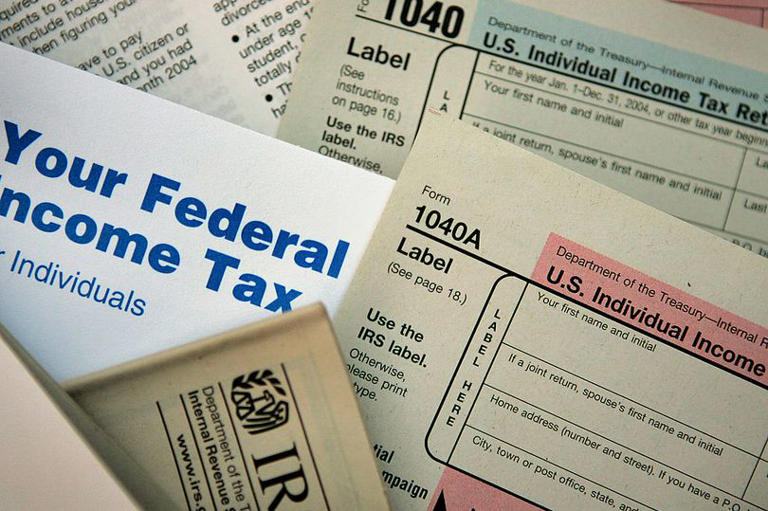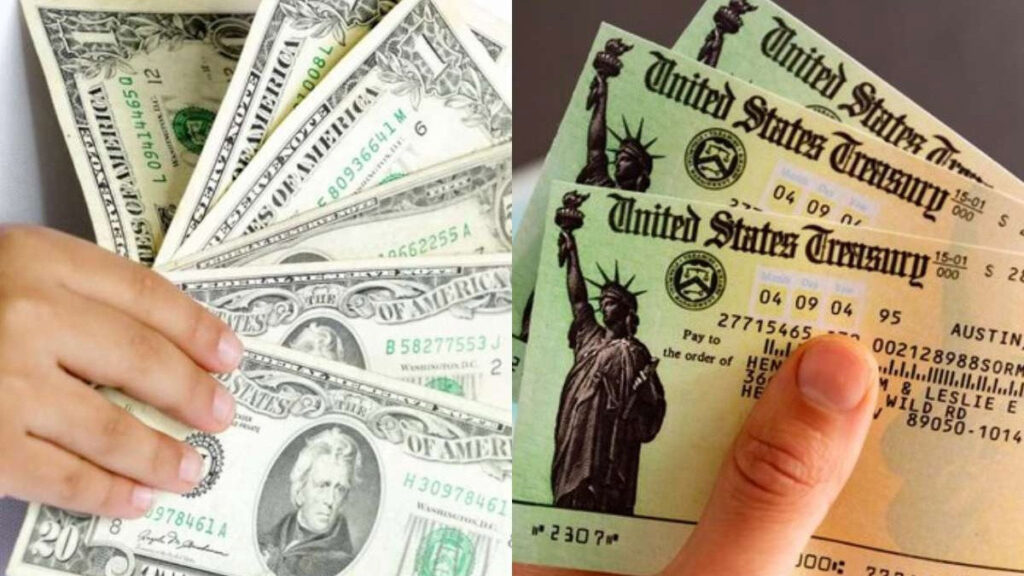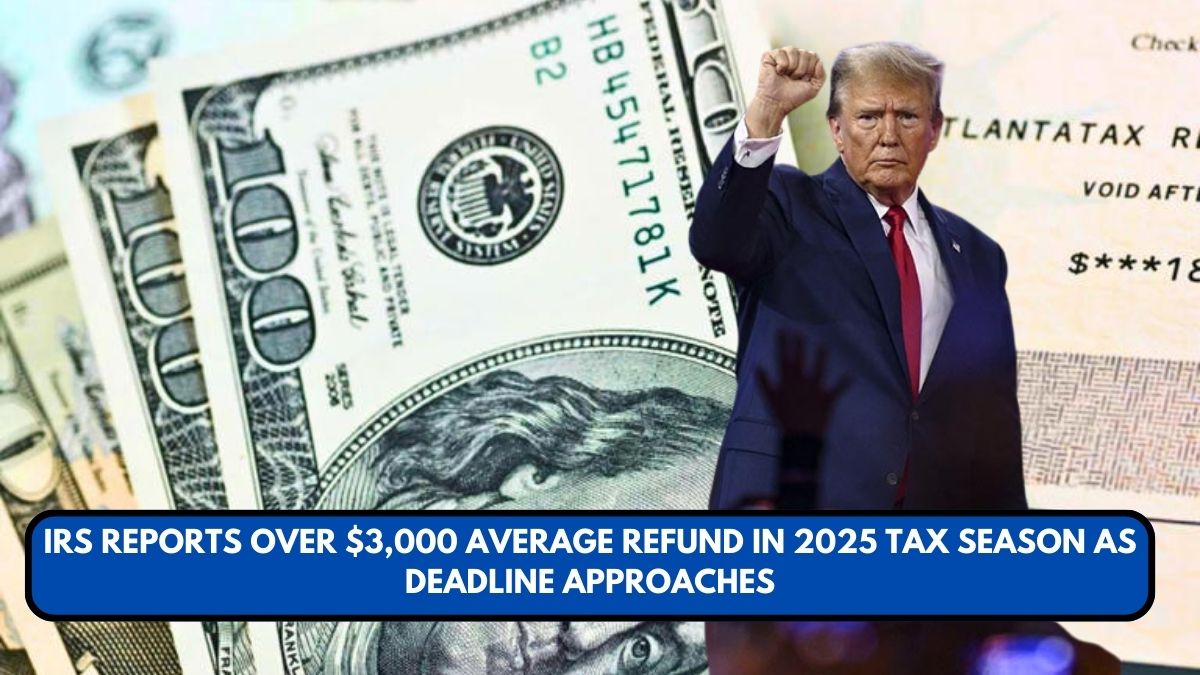Millions of Americans are receiving significantly larger tax refunds this year, with the Internal Revenue Service (IRS) confirming that the average federal refund has surpassed $3,000 for the 2025 tax season. As the April 15 filing deadline rapidly approaches, taxpayers are being urged to file on time and check their eligibility for unclaimed refunds and valuable credits.
Average Refund Surges Past $3,000
According to the IRS’s latest data, the average refund issued as of mid-March 2025 is $3,271, marking a 5.2% increase from the same period in 2024. Taxpayers opting for direct deposit received slightly more—an average of $3,330.
In total, the IRS has processed nearly 50 million refunds, amounting to $163 billion distributed to U.S. taxpayers.

Key Tax Deadlines for 2025
- April 15, 2025 – Deadline for most taxpayers to file their federal tax returns and pay any owed taxes.
- October 15, 2025 – Extended deadline for those who filed Form 4868 to request more time. Note: Tax payments are still due by April 15 to avoid penalties.
- April 15, 2025 – Final date to claim a 2021 tax refund. Over 1.1 million taxpayers are at risk of missing out on unclaimed refunds from that year, with a median amount of $781.
Earned Income Tax Credit Can Boost Refunds Further
Eligible low- and moderate-income households may receive additional money through the Earned Income Tax Credit (EITC). The maximum EITC for the 2021 tax year is $7,830. However, individuals must file a federal tax return to receive the credit—even if they aren’t otherwise required to file.
The IRS continues to promote awareness of the EITC, citing that millions of eligible Americans miss out on this credit every year. Organizations like the National Taxpayer Advocate and local Volunteer Income Tax Assistance (VITA) programs offer free help to those unsure of their eligibility.
How to Check Your Refund Status
Taxpayers can track the status of their refund using the IRS’s “Where’s My Refund?” tool, available at irs.gov/refunds. Refunds are typically issued within 21 days of e-filing if there are no errors or flags on the return.
The IRS recommends choosing direct deposit as the fastest and most secure way to receive your refund. You can split your refund across multiple accounts using Form 8888.
Don’t Miss These Common Mistakes
Tax professionals warn that small filing errors can delay refunds or even result in rejected returns. Common mistakes include:
- Entering incorrect Social Security Numbers
- Mismatched income or withholding figures from W-2s or 1099s
- Failing to sign and date the return
- Incorrect banking information for direct deposit
To reduce the chance of errors, the IRS encourages using IRS Free File, which is available to individuals making $79,000 or less.
What If You Can’t Pay By April 15?
Even if you can’t pay your full tax bill by April 15, you should still file on time to avoid the late filing penalty, which is significantly higher than the late payment penalty.

Final Reminder
With the tax season nearing its close, the IRS urges all eligible taxpayers to file as soon as possible. Whether you’re owed a refund or trying to avoid penalties, now is the time to take action.
“We want to make sure every taxpayer gets the refund they’re due,” said an IRS spokesperson. “And we don’t want anyone leaving money on the table—especially those eligible for EITC or with unclaimed refunds from 2021.”
This article has been carefully fact-checked by our editorial team to ensure accuracy and eliminate any misleading information. We are committed to maintaining the highest standards of integrity in our content.

Filza specializes in simplifying financial topics for everyday readers. Whether breaking down Canada’s tax guides or U.S. benefits like SNAP and VA Disability, Filza’s relatable writing style ensures readers feel confident and informed. Follow her insights on LinkedIn or reach out via email at [email protected].




